
Belleville is a city in Ontario, Canada situated on the eastern end of Lake Ontario, located at the mouth of the Moira River and on the Bay of Quinte. Belleville is between Ottawa and Toronto, along the Quebec City-Windsor Corridor. Its population as of the 2021 Canadian census was 55,071. It is the seat of Hastings County, but politically independent of it, and is the centre of the Bay of Quinte Region.
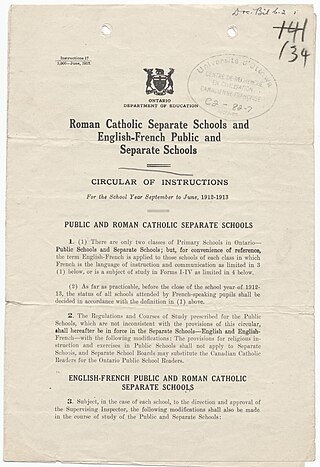
Regulation 17 was a regulation of the Government of Ontario, Canada, designed to limit instruction in French-language Catholic separate schools. The regulation was written by the Ministry of Education and was issued in July 1912 by the Conservative government of premier Sir James P. Whitney. It forbade teaching French beyond grade two in all separate schools.
The Louisiana School for the Deaf is a state school for deaf and hard-of-hearing students in Louisiana, located in Baton Rouge, the state capital. It was established in 1852 as a joint school for blind students. In 1860, its first purpose-built facility was completed and admired as an elegant monument to philanthropy. The schools were divided in 1898, and in 1908, Louisiana School for the Deaf was renamed.

Van Asch Deaf Education Centre was located in Truro Street, Sumner, Christchurch, New Zealand. It was a special school for deaf children, accepting both day and residential pupils, as well being as a resource centre providing services and support for parents, mainstream students and their teachers in the South Island and the Lower North Island.
NextSense, formally the Royal Institute for Deaf & Blind Children (RIDBC), in Sydney provides a range of educational services for students with vision and/or hearing impairment, including specialist schools for signing deaf students, oral deaf students, and students with sensory and intellectual disabilities.
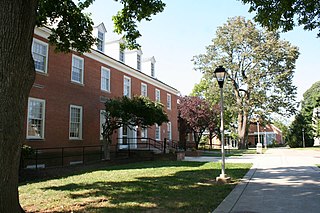
The Maryland School for the Deaf (MSD) offers public education at no cost to deaf and hard-of-hearing Maryland residents between the ages of zero and 21. It has two campuses located in Frederick and Columbia, Maryland.
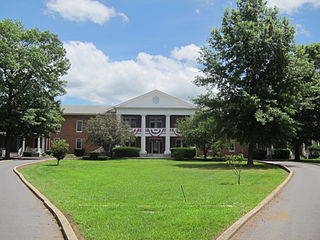
The West Virginia Schools for the Deaf and the Blind (WVSDB) were established by an Act of the Legislature on March 3, 1870. The School for the Deaf and the School for the Blind offer comprehensive educational programs for hearing impaired and visually impaired students respectively. There is also a unit for deafblind and multihandicapped children. Students are eligible to enroll at the age of three, must be residents of the state of West Virginia and exhibit a hearing or visual loss sufficient to prevent normal progress in the usual public school setting. The West Virginia Schools for the Deaf and Blind are located on a campus in Romney in West Virginia's Eastern Panhandle. Locally, the schools are referred to simply as The state school.
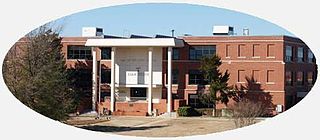
Oklahoma School for the Deaf (OSD) is a public residential school for the deaf and hard of hearing students ages 2 through 18. The school teaches K-12 students in Sulphur, Oklahoma, United States.
Thomas Braidwood (1715–1806) was a Scottish educator, significant in the history of deaf education. He was the founder of Britain's first school for the deaf.

The Ernest C. Drury School for the Deaf is a provincial school in Milton, Ontario, Canada with residential and day programs serving elementary and secondary deaf and hard-of-hearing students.
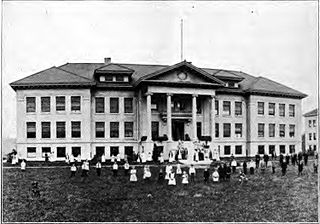
Oregon School for the Deaf (OSD) is a state-funded school in Salem, Oregon, United States. It serves deaf and hard of hearing students from kindergarten through high school, and up to 18 years of age.

Deaf education is the education of students with any degree of hearing loss or deafness. This may involve, but does not always, individually-planned, systematically-monitored teaching methods, adaptive materials, accessible settings, and other interventions designed to help students achieve a higher level of self-sufficiency and success in the school and community than they would achieve with a typical classroom education. There are different language modalities used in educational setting where students get varied communication methods. A number of countries focus on training teachers to teach deaf students with a variety of approaches and have organizations to aid deaf students.
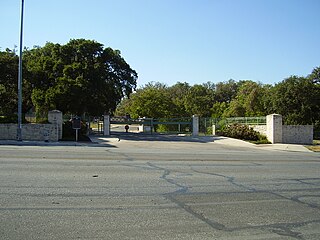
Texas School for the Deaf (TSD) is a state-operated primary and secondary school for deaf children in Austin, Texas. Opened in 1857 "in an old frame house, three log cabins, and a smokehouse", it is the oldest continually-operated public school in Texas. The school struggled under inadequate funding during the American Civil War, and its aftermath, with the students eating food that they grew themselves on the school farm. In 1951 the State Board of Education assumed oversight of the school.
The Robarts School for the Deaf is a provincial school in London, Ontario, with residential and day programs serving elementary and secondary deaf and hard-of-hearing students.
The Mississippi School for the Deaf (MSD) is a school for the deaf and hard of hearing in Jackson, Mississippi accredited by the Southern Association of Colleges and Schools (SACS). It offers elementary and secondary education (K-12), covering students from pre-kindergarten to twelfth grade.
Whitney School may refer to:

The Halifax School for the Deaf was an institution in Halifax, Nova Scotia, Canada, which opened on 4 August 1856. It was the first school of the deaf in Atlantic Canada. There was later a dispute over who the true founder was, William Gray (1806-1881), a deaf Scottish immigrant who was the first teacher in the back room of a house in Argyle Street, or George Tait (1828-1904), another deaf Scot, who claimed to have been the driving force behind the establishment of the school. Gray was sacked in 1870 for being intoxicated and for threatening pupils with violence.
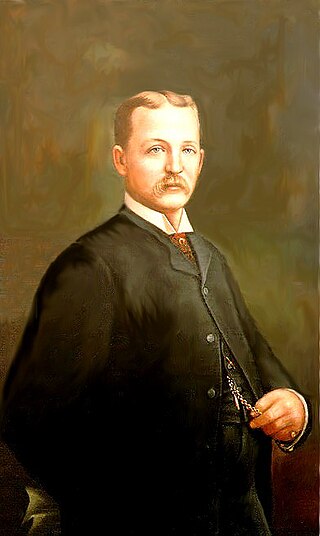
Samuel Thomas Greene was a Deaf American educator and Ontario's first Deaf teacher in 1870 at the Ontario Institution for the Education of the Deaf and Dumb, which later changed to Sir James Whitney School of the Deaf in Belleville, Ontario, Canada. He was born in 1843 in Portland, Maine and attended America's first Deaf school in Hartford, Connecticut.

Edith Bryan was an English teacher of the deaf, who after teaching in England and Ireland, emigrated to Australia and became one of the educators who contributed to the development of Special Education in Queensland. Though trained in the oralist tradition, she supported the use of sign language and fingerspelling for teaching purposes. From 1901 to 1926, she was the head teacher of the school operated by the Queensland Blind Deaf and Dumb Institute. An activist, she pressed for the training of special education students to become mandatory, and fought for their teachers to be paid the same salaries as other teachers. From 1926 to 1937 she taught at the Queensland school where she became responsible for the courses for deaf students. After her retirement, she volunteered at the Edith Bryan Hostel, a facility that offered housing and medical assistance to deaf citizens. She is considered to be one of the two most influential pioneers of special education in Queensland.
The establishment of schools and institutions specializing in deaf education has a history spanning back across multiple centuries. They utilized a variety of instructional approaches and philosophies. The manner in which the language barrier is handled between the hearing and the deaf remains a topic of great controversy. Many of the early establishments of formalized education for the deaf are currently acknowledged for the influence they've contributed to the development and standards of deaf education today.

















